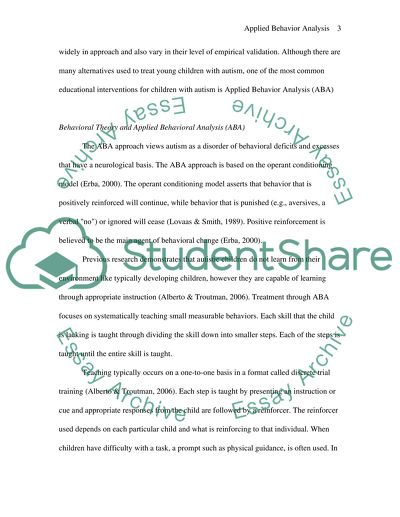Cite this document
(“Effectiveness of Applied Behavior Analysis in Treating Autism Research Paper”, n.d.)
Retrieved de https://studentshare.org/psychology/1390590-abnormal-psychology
Retrieved de https://studentshare.org/psychology/1390590-abnormal-psychology
(Effectiveness of Applied Behavior Analysis in Treating Autism Research Paper)
https://studentshare.org/psychology/1390590-abnormal-psychology.
https://studentshare.org/psychology/1390590-abnormal-psychology.
“Effectiveness of Applied Behavior Analysis in Treating Autism Research Paper”, n.d. https://studentshare.org/psychology/1390590-abnormal-psychology.


